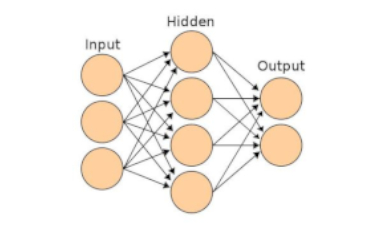Reverse Engineering
The human brain is like a network in which each brain cell is connected to thousands of other brain cells. Scientists have long suspected that this unique design helps give the human brain its intellectual power.

However, the brain is so complex that our most sophisticated mathematics are insufficient to cope with it. As a result, scientists are left with only trial and error as they try to study it in an effort to improve computers.
A new step forward was made recently when scientists designed an effective computer neural network chip. The silicon neural network crudely mimics the brain’s neural network. The manmade networks are designed to learn, all by themselves. Scientists wired a number of networks together and gave them a memory of the characteristics of three-dimensional images. They then exposed the neural network to images it had never seen before to see if it could compare the new images with its memory and tell whether the new images were three-dimensional. Scientists report that while it took the network a long time, it eventually learned to judge depth, even if it saw only part of an image.
Scientists admit that they are working from the brain’s design to learn how to make better computers. As one of the scientists working on the project said, they are doing “reverse engineering.” They are starting with the genius of our Creator, Who made the human brain, to learn how thinking and learning take place.
Acts 17:11
“These were more noble than those in Thessalonica, in that they received the word with all readiness of mind, and searched the scriptures daily, whether those things were so.”
Prayer: Dear Father in heaven, all of the creation, including unbelieving scientists, glorify You even if they don’t know it. Help my praise to You be conscious, deliberate and often. In Jesus’ Name. Amen.
Notes: E. Pennisi. 1992. “Neural-net Neighbors Learn From Each Other.” Science News, Jan. 11, p. 23, Paula Rooney. 1990. “Neural Nets Breed Applications-But Not EE Employment.” EDN, Oct. 18, pp. 105,108,120. For more information, see the “Artificial Neural Network” article on Wikipedia. Illustration: An example artificial neural network, used by permission of Cburnett and licensed under the terms of the GNU Free Documentation License, Version 1.2.
© 2024 Creation Moments. All rights reserved.